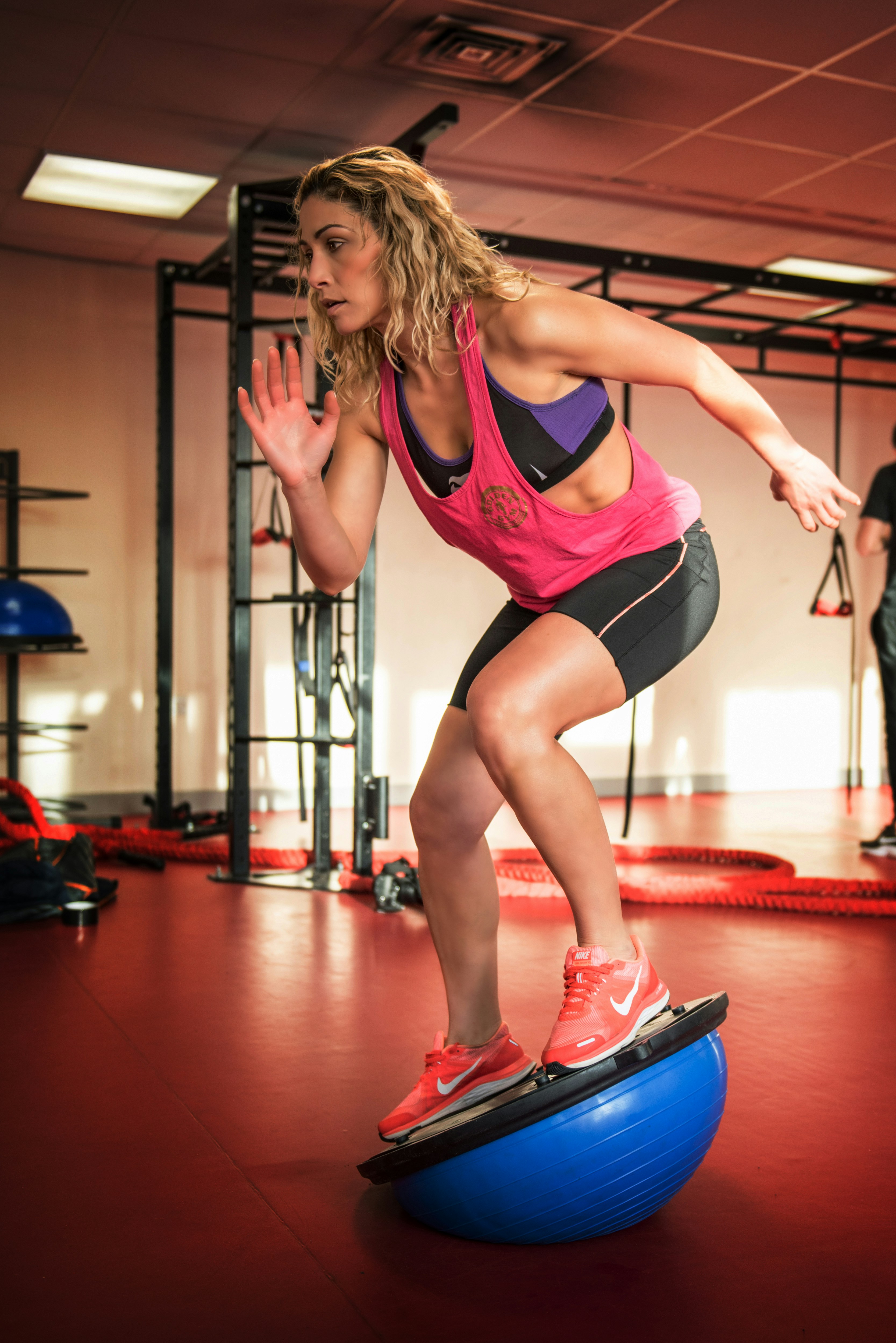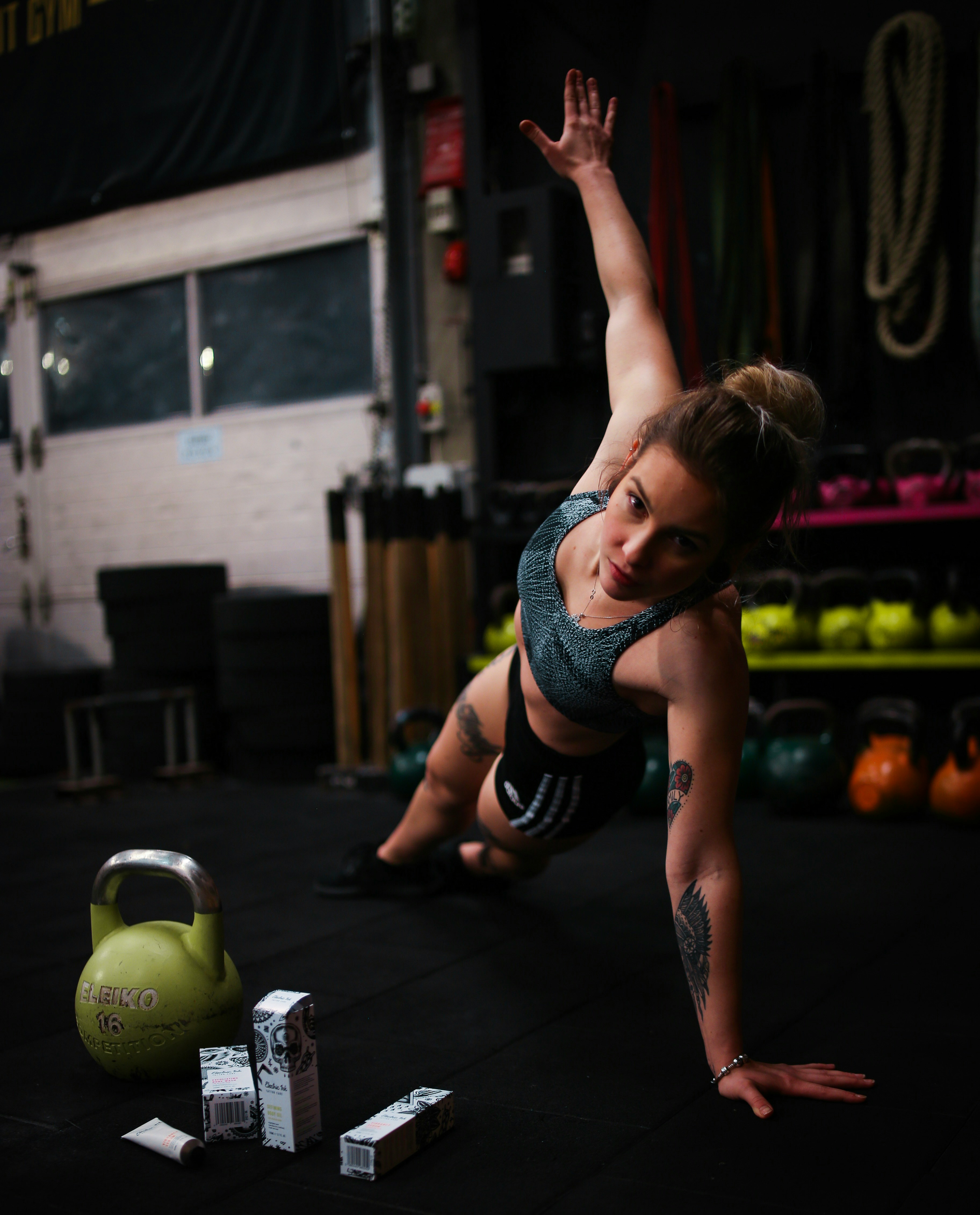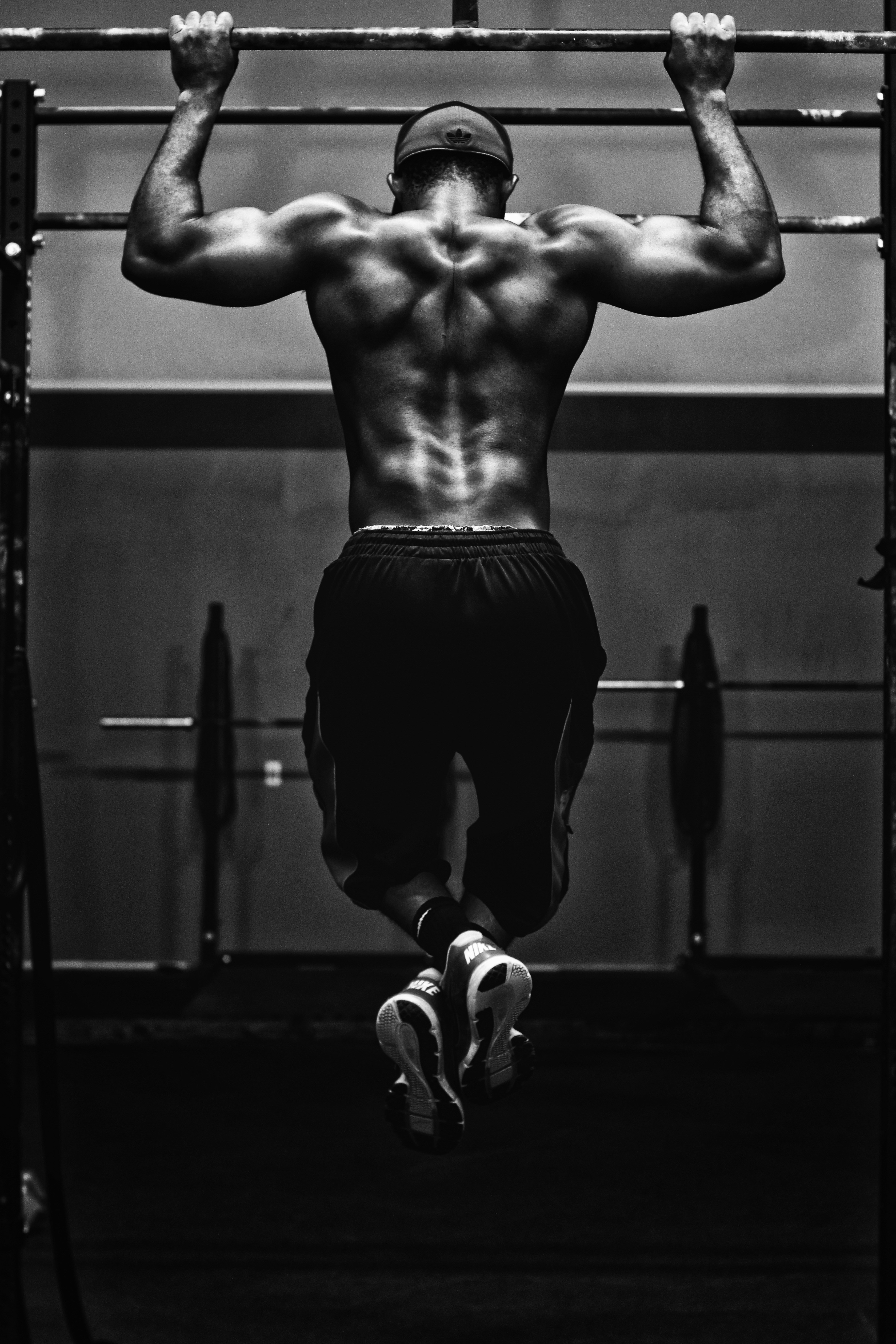Strength Training and Joint Health: How to Protect Your Knees and Shoulders

Strength Training and Joint Health: How to Protect Your Knees and Shoulders
"Strength does not come from what you can do. It comes from overcoming the things you once thought you couldn’t." – Arnold Schwarzenegger
Introduction
Strength training is one of the most effective ways to build muscle, improve overall fitness, and enhance athletic performance. However, as with any physical activity, it comes with the potential risk of injury, particularly to the joints. Among the most commonly affected joints during strength training are the knees and shoulders , which are both highly mobile and prone to stress during exercises like squats, deadlifts, and overhead presses.
In this article, we’ll explore the importance of protecting these two key joints, providing you with practical tips and exercises to maintain joint health while pursuing your strength training goals.
1. Understanding the Role of Knees and Shoulders in Strength Training
Both the knees and shoulders play critical roles in most strength training exercises, particularly in multi-joint movements.
Knees:
The knees are pivotal in lower-body movements like squats, lunges, and deadlifts. These exercises require your knees to flex and extend under load, which can place significant stress on the joint if not performed properly. Poor form, excessive load, or insufficient mobility can lead to knee injuries such as patellar tendinitis, meniscus tears, or ligament sprains.
Shoulders:
The shoulders are involved in pressing movements (e.g., overhead presses, bench presses), pulling movements (e.g., rows, pull-ups), and stabilizing exercises (e.g., planks, push-ups). Given the complexity of the shoulder joint (it is a ball-and-socket joint), improper form or overloading can result in issues like rotator cuff strains , shoulder impingement, or labral tears.
2. Protecting the Knees During Strength Training
1. Warm-Up and Mobility Work
Before jumping into heavy lifting, it’s essential to warm up your knees and improve their mobility. This can help reduce the risk of strains and improve your range of motion, which is crucial for maintaining proper technique.
- Dynamic Stretching : Focus on hip flexors, hamstrings, quads, and calves to ensure your lower body is mobile.
- Foam Rolling : Foam rolling the quadriceps, hamstrings, and calves can help release tension in the muscles surrounding the knee.
- Knee-Specific Mobility Drills : Exercises like leg swings and lateral lunges can help improve knee joint mobility.
2. Use Proper Form in Squats and Lunges
Squats and lunges are fantastic exercises for building strength in the lower body, but poor technique can place unnecessary stress on your knees.
- Knee Alignment : Ensure your knees track over your toes in both squats and lunges. Avoid letting them cave inward (a condition known as knee valgus), as this can put excessive strain on the knee ligaments.
- Depth of Squat : Don’t squat lower than your body can handle. Going too deep without sufficient flexibility can strain the knees, especially if the heels come off the ground or the back rounds.
3. Progress Gradually and Avoid Overloading
The knee joint is a highly stressed area during weight-bearing exercises. Overloading the knees with too much weight too quickly can lead to injury. Increase the load gradually and listen to your body.
- Progressive Overload : Start with lighter weights to master form and technique before gradually increasing load.
- Rest and Recovery : Adequate recovery time between workouts is crucial for knee health. Overtraining can lead to tendonitis and other joint-related issues.
3. Protecting the Shoulders During Strength Training
1. Warm-Up and Shoulder Mobility
Just like with the knees, warming up the shoulders and increasing their mobility is essential for injury prevention, especially since the shoulder joint has a large range of motion.
- Shoulder Rotations : Perform dynamic movements like arm circles and shoulder rotations to increase blood flow to the shoulder joints.
- Scapular Mobility : Strengthen and mobilize the scapula (shoulder blades) by doing scapular retraction and protraction exercises like scapular push-ups or band pull-aparts .
- Foam Rolling : Foam roll the upper back and chest to help release tightness that might affect shoulder mobility.
2. Focus on Proper Technique for Overhead Movements
Overhead presses, such as the military press or overhead dumbbell press, put significant strain on the shoulder joint. Proper form is crucial to avoid shoulder impingement or rotator cuff injuries.
- Neutral Spine : Ensure that you maintain a neutral spine while pressing overhead. Arching your back excessively places stress on the shoulder and lower back.
- Shoulder Positioning : Avoid flaring your elbows outward when pressing overhead. Keep them in line with the body to prevent shoulder strain.
- Scapular Depression : Before initiating any overhead press, ensure that your scapula (shoulder blades) are depressed (pulled down). This stabilizes the shoulder and prevents impingement.
3. Avoid Overuse and Include Rotator Cuff Exercises
The rotator cuff muscles play a crucial role in shoulder stability and injury prevention. Overuse and neglecting rotator cuff exercises can lead to muscle imbalances and potential injuries.
- Rotator Cuff Strengthening : Incorporate exercises like external rotations , face pulls , and banded pull-aparts into your routine to strengthen the small stabilizing muscles of the shoulder.
- Include Recovery Time : Like the knees, shoulders need rest to recover. Too much repetitive overhead lifting without proper recovery can lead to injuries.
4. Exercise Selection to Protect Knees and Shoulders
Certain exercises can be more joint-friendly while still providing an effective strength training stimulus.
Joint-Friendly Lower-Body Exercises:
- Leg Press : This is a great alternative to squats for individuals with knee issues, as it reduces the load on the knees while still targeting the quads, hamstrings, and glutes.
- Step-Ups : A low-impact exercise that targets the legs and glutes without putting too much stress on the knees.
- Glute Bridges : These engage the glutes and hamstrings, reducing stress on the knee joint.
Joint-Friendly Upper-Body Exercises:
- Landmine Press : A great alternative to overhead pressing that places less strain on the shoulder joint while still targeting the shoulders and chest.
- Chest Flys (Machine or Dumbbells) : These exercises are gentler on the shoulder joints compared to barbell presses.
- Lat Pulldown : A safer alternative to pull-ups, especially for those with shoulder issues. This exercise targets the upper back and shoulders without overloading the shoulder joint.
5. General Joint Protection Tips
- Focus on Mobility : Incorporating mobility exercises regularly for the hips, shoulders, and ankles will improve your range of motion, reduce stiffness, and help prevent injuries.
- Cross-Train : Vary your routine with different exercises to avoid repetitive stress on the same joints.
- Use Joint Supplements : Some people find that taking joint health supplements (such as glucosamine, chondroitin, or collagen) can help maintain joint health over time. Consult with a healthcare provider before adding supplements to your routine.
- Listen to Your Body : Pain is a sign that something isn’t right. If you experience sharp or persistent pain in your knees or shoulders, it’s important to stop the exercise and consult with a healthcare professional.
Conclusion
Strength training is an essential part of any fitness journey, but it’s important to approach it with caution, especially when it comes to protecting your knees and shoulders. By using proper technique, warming up and stretching, gradually increasing intensity, and focusing on joint-friendly exercises, you can safeguard these critical joints and continue making progress without injury.
Remember, consistency is key to achieving long-term results. By keeping joint health a priority, you’ll be able to lift more, perform better, and enjoy a fulfilling fitness journey for years to come.
"Strength does not come from what you can do. It comes from overcoming the things you once thought you couldn’t." – Arnold Schwarzenegger
References
- Rees, J. D., et al. (2014). The Role of Strength Training in the Prevention of Injury . Journal of Sports Medicine, 44(7), 995-1002.
- Ellenbecker, T. S., & Cools, A. M. (2010). The Role of the Rotator Cuff in Shoulder Injury Prevention . Sports Health, 2(1), 12-20.
- Behm, D. G., & Sale, D. G. (1993). Velocity Specificity of Resistance Training . Sports Medicine, 15(6), 374-388.
- McHugh, M. P., & Cosgrave, C. H. (2010). To Stretch or Not to Stretch: The Role of Stretching in Injury Prevention . Journal of Sports Medicine, 40(3), 143-148.




